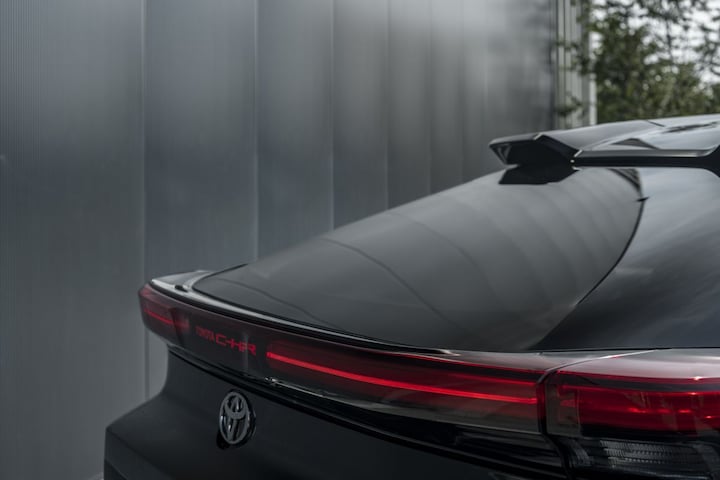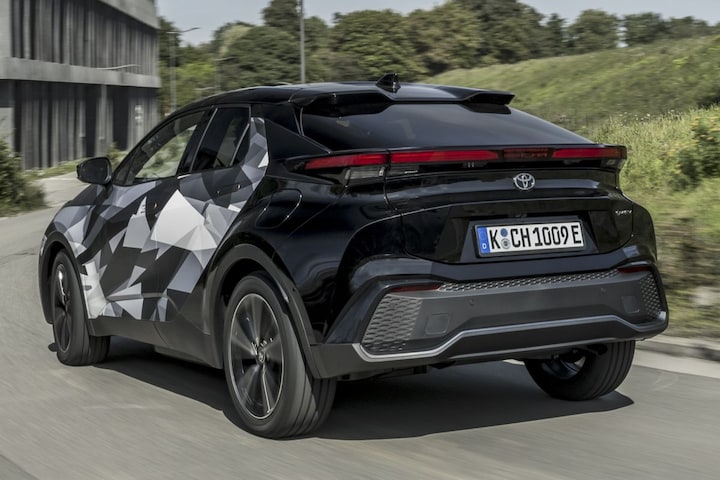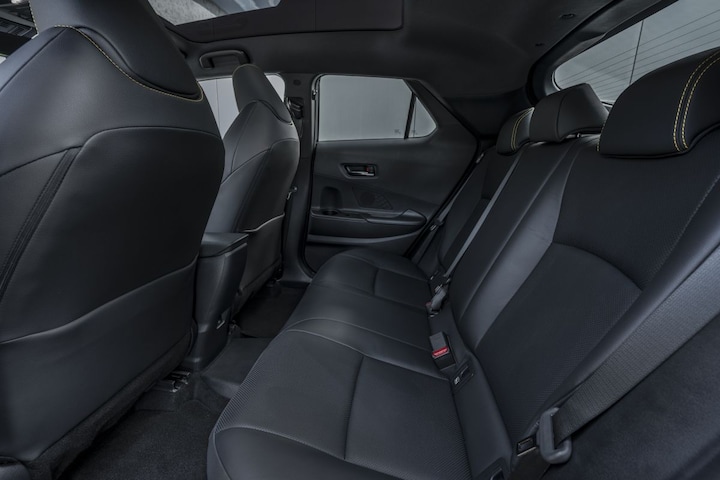Good idea redone


In 2016, the sharp-lined Toyota C-HR was a kind of symbolic start to a new period at Toyota. You only make a start like that once, so the new C-HR was created according to the same idea. We subject this new model to a first, short test.
Why was that first Toyota C-HR so special?
The Toyota C-HR in 2016 had a much sharper and bolder shape than we were used to from Toyota until that moment. It therefore symbolized a new start and was the second car with a new philosophy after the equally special Prius IV. That philosophy did not stop at design, but also brought about the TNGA platform on which almost every Toyota has been built since then. The sharp design has since been accompanied by sharp driving characteristics, which appeal to a wide audience and which also makes the more active driver happy. Not without success, by the way: the C-HR is very popular, especially in Europe.

The Toyota C-HR no longer has a rear window wiper.
A tough task for the successor, then. How does Toyota approach this?
The sharp design evolves into a recognizable, yet clearly new shape and the TNGA platform returns in a renewed version. The range of hybrid powertrains is being improved and expanded. In addition to the 1.8 Hybrid with 140 hp and 2.0 Hybrid with 198 hp from the Corolla, the 223 hp powertrain from the new Prius is also screwed into the C-HR. Yes, a plug-in hybrid. With this powertrain the car sprints from 0 to 100 in 7.4 seconds, while a full battery should be good for 66 electric kilometers. With that version we can briefly go out for a first introduction, albeit with partly covered pre-series cars.

And how do you like that ride?
The chassis is on the firm side on short bumps, but well balanced at higher speeds. High cornering speeds are no problem and the car communicates well what is happening, although we imagine that the steering is a bit more numb than we were used to from the model. The C-HR is also quiet. The petrol engine is audible under heavy load, but it is not really disturbing. Moreover, the PHEV version is nice and smooth, which fits well with the character of the car. The transition between electric and hybrid driving is completely seamless and the car is reportedly also able to determine during which parts of the journey which type of drive works best.
Is the interior also ‘pre-series’?

Formally yes, but it looks very ‘finished’ and says a lot about the nature of this car. While the first C-HR dashboard was a perhaps overly creative collection of unusual colors and shapes, the new one can be described as far from boring, but somewhat sleeker and tidier. While the previous C-HR shared barely visible parts with other Toyotas, we now think we recognize many buttons, levers and switches. Not the steering wheel, by the way. This comes from the Toyota Crown, which is not available in Europe.
Is there anything else to complain about?
Of course. The seating position is a bit on the high side for our taste for a model that is intended to be sporty. Rear visibility remains poor, but is better than before. Slightly larger rear side windows and an optional fixed panoramic roof provide a less claustrophobic experience for rear passengers, although it still feels very ‘cozy’ here. The space available in the back is okay, but certainly not excessive. In addition, the sofa is a bit low compared to the floor, so you quickly end up sitting with your legs raised. Toyota has not yet specified a luggage compartment capacity, but we already know that it will be the same for all three versions. The battery of the PHEV is under the floor and that of the regular hybrids under the sofa, so that has no influence here.

It still feels a bit ‘confined’ in the back seat.
– Thanks for information from Autoweek.nl










